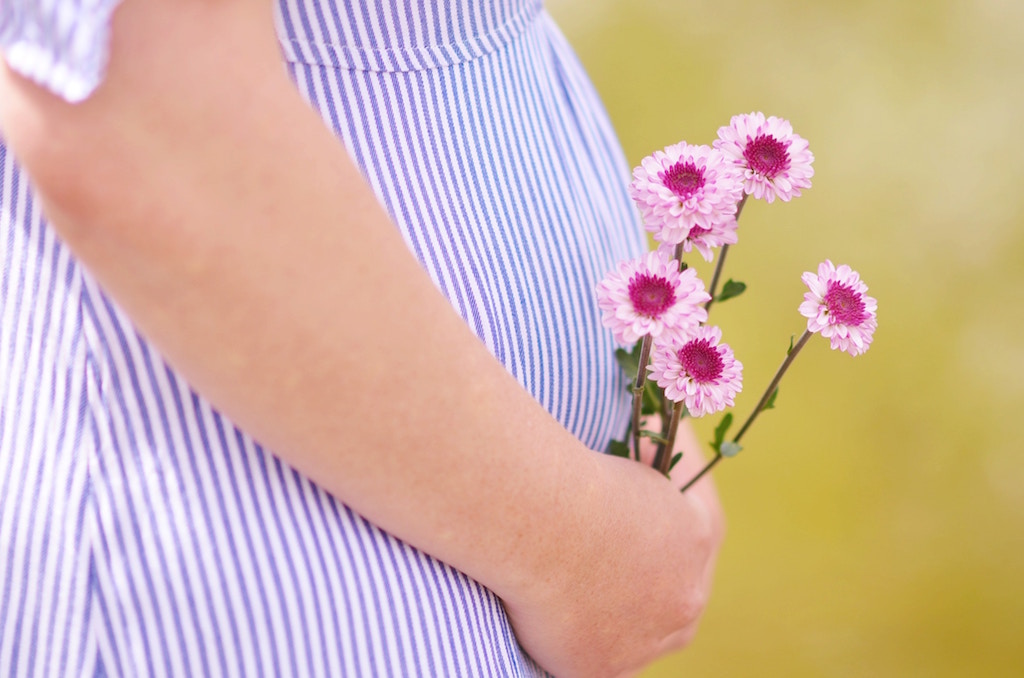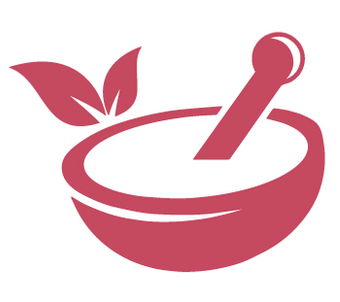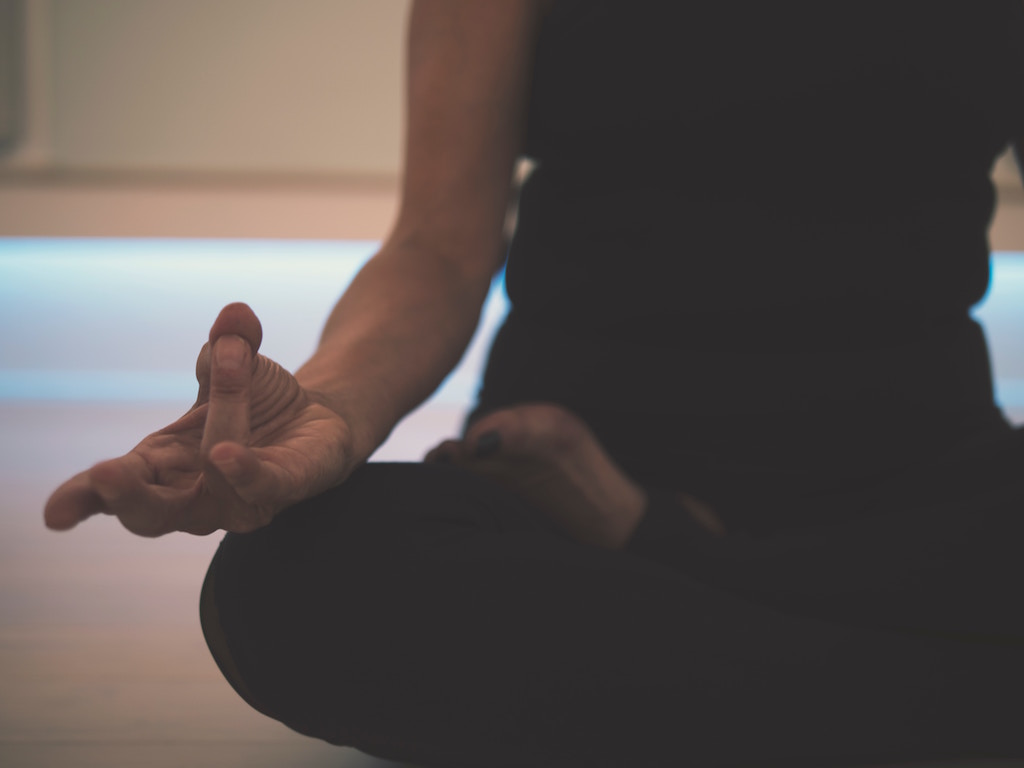Part 2: Cleansing for Fertility
Published on November 6th, 2018
Many of us are about this lifestyle where we fix our problems as we get them rather than focusing on preventing. A huge factor in conceiving and having a healthy baby is preparing. Of course, during pregnancy, you will undergo tests like blood work and ultrasounds but the focus of these tests is to find something wrong and then correct it. In some cases, it may already be too late. There is this tiny, little human trying to grow and develop while we’re poking around with ultrasounds, speculums, and needles trying to figure out if there’s a problem. No doubt, these tests need to be done but have we ever stopped to consider why many of these fetal disorders occur to begin with?
Let’s say an anatomical malformation is discovered on an ultrasound. What are our options now when it’s already too late? I’m not saying Ayurveda can prevent something like this but back to my example from “Part 1: Planning a Baby?” about growing a garden. Healthy soil, planning, and preparing lead to a healthy crop. In the same way, the health of the bodies trying to conceive definitely play a role in the development of a healthy baby.
It is important to give yourself 6 months to prepare your body for pregnancy. This goes for both parents. Since a child’s Prakriti (unique mind-body constitution) is determined at conception, it is important for both parents to have optimal health. If either parent is imbalanced, this can have an effect on the Prakriti of the child. So any underlying health issues need to be addressed and made stable prior to conception.
This is why it is important for each of us to know our Prakriti (you can take my Dosha Quiz to find out yours) so that when this Prakriti becomes a Vikriti, the altered state of the Doshas, we can take the steps necessary to correct it and bring ourselves back into balance. Maintaining this balance prior to and during pregnancy is crucial.

In Ayurveda, there is a profound importance placed on cleansing and purification of the body. It is a detoxification process that one must perform seasonally so that the Doshas can be brought back to the GI tract and eliminated. This leaves us rejuvenated with high levels of Ojas (vital energy). When the Doshic imbalances spread throughout the body, we experience symptoms like headaches, insomnia, brain fog, fatigue, malabsorption of nutrients, anemia, among other ailments. In order to bring balance back to the mind and body in preparation for a healthy pregnancy, cleansing both emotionally and physically is highly recommended in Ayurveda. After all, you want to offer your best self to this miraculous process of creating new life.
 Emotional Cleansing for Conception:
Emotional Cleansing for Conception:
It is important to take the 6 months prior to conceiving as a time to resolve any concerns and issues you may have within your relationship. It is a good time to have constructive conversation and eliminate any dysfunctional habits so that your future child is born in a calm, supportive environment.
A good place to start is by developing a list of taboo topics in your relationship whether it is religion, diet, etc and taking 10-15 minutes every night, away from distractions, to discuss each topic. Continue discussing the topic until there is a resolution, agreement, or compromise. Practicing transparency in your relationship will only help with the transition to parenthood when you’ll not only be making decisions for yourself but also your child.
Along with working on your relationship, it is also important to work on your self and the qualities you harbor within yourself that prevent you from developing into a more caring, selfless individual. These qualities may include your high expectations for yourself, your spouse, or your future child. It may also include excessive pride and ego. Introspect on how you can work towards removing the qualities that hold you back.
Physical Cleansing for Conception:
The same principles of a seasonal cleanse hold true as for a cleanse for fertility. A fertility cleanse is simply performed over a longer period of time. The goal is to revitalize and rejuvenate your deepest organs and tissues so that everything within the body flows freely without any toxin buildup or blockages. This is ideally done over the course of 3 months.
Month 1: Slow cleansing
- Eliminate processed, preservative laden foods from the diet. Try to eat more fresh, home cooked meals.
- Have Khichadi at least once a week. Khichadi is a food that is nourishing and cleansing for all three of the Doshas. It is an easy to digest and balanced meal.
- Begin following a Dosha specific diet. Take my Dosha Quiz to find out your unique Dosha.
- Develop a daily Ayurvedic routine.
Month 2: Intense Cleansing
An intense cleansing process in Ayurveda is known as Panchakarma. Panchakarma is performed widely throughout India in Ayurvedic clinics but it is hard to find a place and the time to do Panchakarma in the United States. Panchakarma aids in preventing disease and also removing the buildup of Ama (toxins) in the body. So our best option is to perform an at-home Panchakarma. During this time, it is important to get a lot of rest.
Month 2, Days 1-14: Prepping
- Continue your daily Ayurvedic routine throughout this month
- Begin eating Khichadi at least once daily
- Take 1000mg of Triphala or drink Triphala tea at least 1 hour after dinner every night
- Abstain from working out, intercourse, and any other activities that deplete energy levels
- Practice meditation daily
Month 2, Days 15-19: Internal Cleansing
Diet: Transition into mono-diet of Khichadi. This means eat Khichadi 3 times a day every day! You can transition to this slowly but try to be on a mono-diet of khichadi for least 2 days before moving on to “Days 20-27”. Click here for my Khichadi recipe.
Internal oiling: This process allows for the Ama (toxins) within the deeper tissues of the body to loosen and make their way back to the digestive tract so that they can be eliminated.
For 5 days, take 2 tablespoons of warm liquid ghee either alone or followed by sips of warm water first thing in the morning
Vata-type: take ghee with a pinch of rock salt
Pitta-type: take ghee with 1/8 tsp of cumin powder
Kapha-type: take ghee with a pinch of Trikatu powder (equal amounts of ginger, black pepper, and pippali)
**If you have high cholesterol, replace ghee with 1 tbsp of flax seed oil.
Month 2, Days 20-27: External Cleansing
Diet: Continue mono-diet of Khichadi
External Oiling: Every morning prior to showering, apply warm oil and deeply massage in circular motions from head to toe. Be sure to massage your abdomen in circular motions from right to left. Take 15 minutes to do the entire massage and then allow your body to rest for 10 minutes in a warm room. After this, take a hot shower.
Best oils by Dosha:
Vata-type: sesame oil
Pitta-type: sunflower oil
Kapha-type: corn oil
Month 2, Days 28-30: More Cleansing
Diet: Continue mono-diet of Khichadi
An Ayurvedic Medicated Enema: On the last 3 days of this intensive cleanse, perform a medicated Basti (enema) daily after your hot shower.
Instructions: Boil 1 tablespoon of Dashamula powder with 2 cups of water for 5 minutes. Cool it and strain it. Place in an enema bag and perform enema laying on left side. Retain the fluid for as long as you can. For Vata-type individuals, sometimes the colon is so dry that all of the fluid will get absorbed. This is nothing to worry about.
Dashamula is an herbal formula that works on all three Doshas but it particularly removes excess Vata from the body. It helps to strengthen the body and calm the nerves.
Month 3: Slow cleansing
Return to slow, gentle cleanse by following the same routine you were following prior to Month 2.

The purpose of cleansing is to purify the body so that it is ready to create life and provide a strong, safe environment for a growing fetus. Cleansing is the precursor to Rejuvenation. If you want to wear a shirt, you don’t wear it while it’s dirty. You wash it first and then wear it. In the same way, cleansing is a washing for the body. Now you’re ready to rejuvenate and revitalize in preparation for conception. Stay tuned for Part 3: Rejuvenation for Conception.
Namaste.
*Note: At-home Panchakarma protocol based on Dr. Vasant Lad’s teachings.


Love it! Very helpful!
Thank you so much for reading Annette! Cleansing is kind of a long process but even small changes help 🙂
Wow, this was very informative and simple to understand. Excited to read further. 🙂
thank you for reading!